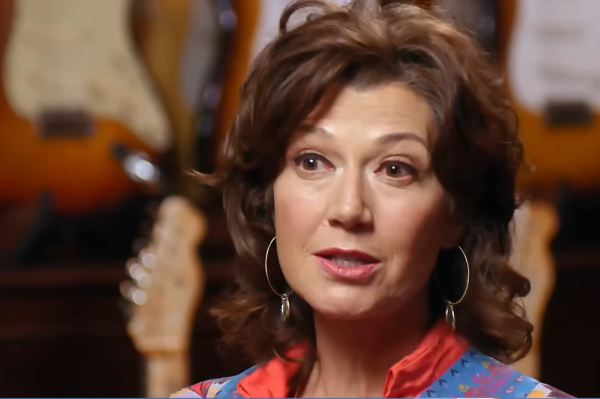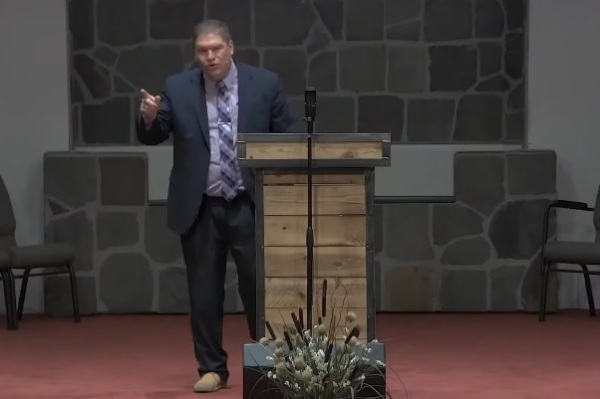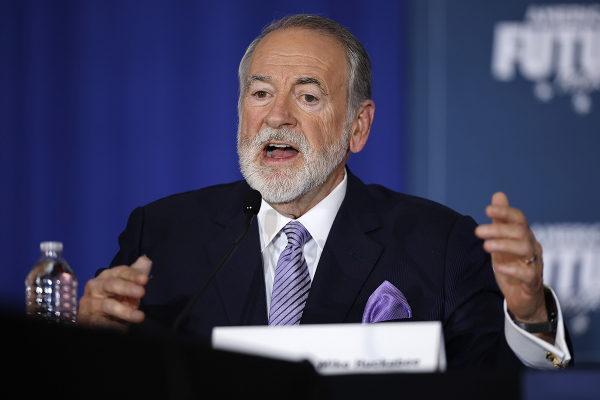Former Transgender Man Shares How She Transitioned, Then De-Transitioned
Duncan lived as "Keith" for 12 years before returning to her femaleness. She has now been living as a woman for the past 24 years. Her journey is featured in the recent documentary TranZformed: Finding Peace With Your God-Given Gender, which provides a moving account of how God led her back to her true self, a process that took place over about eight years.
She believes Christians tend to have two significant misunderstandings when they approach the transgenderism issue and persons with gender dysphoria.
"One is that they think that it is all about sex and your sexual identity," Duncan explained. "But it's not. It's a relational issue and [about] abandonment, and not being nurtured and rejection. Those all have a played a role."
"The other thing is that [Christian] people quote scripture at you," she said, noting that all that did was "heap shame" on her in the midst of the nagging feelings transgender individuals often experience, wondering if what they are experiencing is right or wrong.
"Now, I love the Word, and since coming back [to her biological sex] I understand that those scriptures they were pointing me to were accurate. However, at that point and time, I couldn't hear that," she said. "And it wasn't Scripture that healed me, though it aided in it, but it wasn't the thing to use."
What she wants Christians to understand is "that they (transgender persons) did not get there overnight, so they are not going to be healed overnight."
"And Christians have to establish a relationship. They can't just come in and thinking that they are going to bring all this healing. You have to establish that place of trust [first]," Duncan advised. "And as you're walking alongside a transgender person, don't make them a project."
"I had to know that I was loved and that the people who were walking with me loved me and that they were not going to push me to a place where I couldn't go yet."
Things had to change on the inside before they could ever be displayed on the outside, she added. Well-meaning people would sometimes bring her lotion and makeup before she was ready, thinking that if she dressed up the exterior it would help when her heart had not changed.
"I had to overcome the fear of being a woman and I had to know that men were safe. I had to know that I wasn't hated."
In terms of what pronouns Christians should use when addressing a transgender person, Duncan said that in her own experience, her friends used "he" until she was ready and able to embrace "she."
"When I think about the Samaritan woman at the well," Duncan said, referring to the story in the Gospel of John chapter 4, "Jesus didn't come up to her and go 'you're a whore, you're a prostitute, and I'm going to call you that because that's the truth. He met them where they were, and if that's where they are, then that is where I am going to be with them."
"You can make it clear that 'I'm with you in this, though I may not agree with where you are, and say 'I believe that you were created in His image, so there is a way.' If I can say it this way, draw a line in the sand and 'this is what I believe though I am with you in this process.'"
Using the transgender person's preferred pronoun for a time is "not going to compromise your salvation," Duncan stressed. "It's meeting them where they are."
"It is about them understanding that they are loved."






















